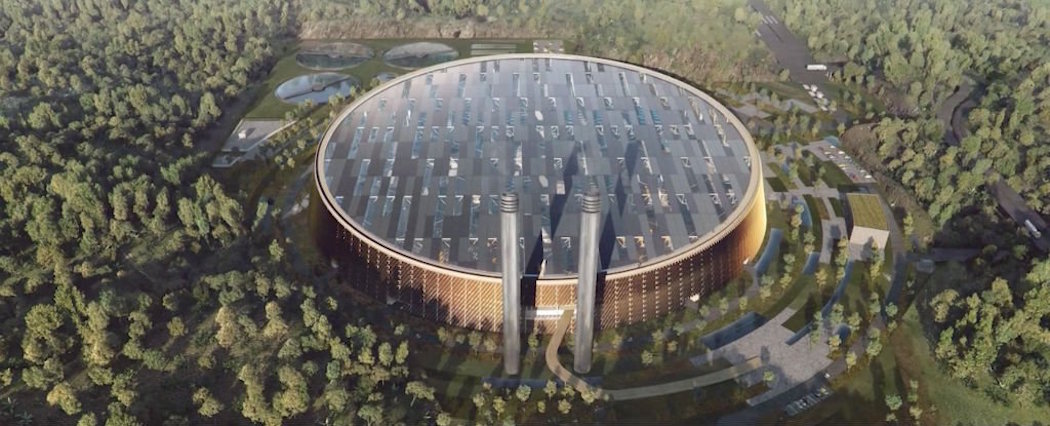
Waste Not, Want Not
Because China is the most populous country in the world, it would be fair to assume that it’s also the country that generates the most waste. The city of Shenzhen alone has reportedly been burning five thousand tons of waste a day, which gives China a serious garbage problem.
To address it, the country is now building the largest waste-to-energy plant in order to convert the massive amount of waste into usable energy.
Granted it’s not the most ideal solution, given that it will produce a lot of CO2 in the process, but considering that it will convert at least a third of the trash into electricity, it will help manage the country’s rapidly overflowing landfills and illegal dumps.
So at least a small portion of the trash that would be rotting in the Earth will be put to good use.
Up And Running
It is important to note that the facility is really less about generating sustainable energy and more about finding a solution to address the mounting waste problem in the country, and it’s set to be just one of the 300 plants that the government will be building over the next three years.
China is targeting 2020 for operations, but the plans have been generating polarizing opinions from experts around the world.
“Waste-to-energy plants are not an energy solution,” Chris Hardie, from Schmidt Hammer Lassen Architects, the Denmark-based firm that won a competition to design the plant, notes “They are a way of dealing with waste and using this process to generate electricity as a byproduct of the process. Cities have to move towards more recycling and reducing their waste for sure – and of course developing more sources of renewable energy. That is sort of the point we are making by proposing this be the first waste-to-energy plant that has a renewable component to it.”
This means that this will also be a way to explore how waste-to-energy plants can be made with a renewable component to amplify its potential for environmental sustainability. For this particular project, the plant will be using 44,000 square meters of solar panels.